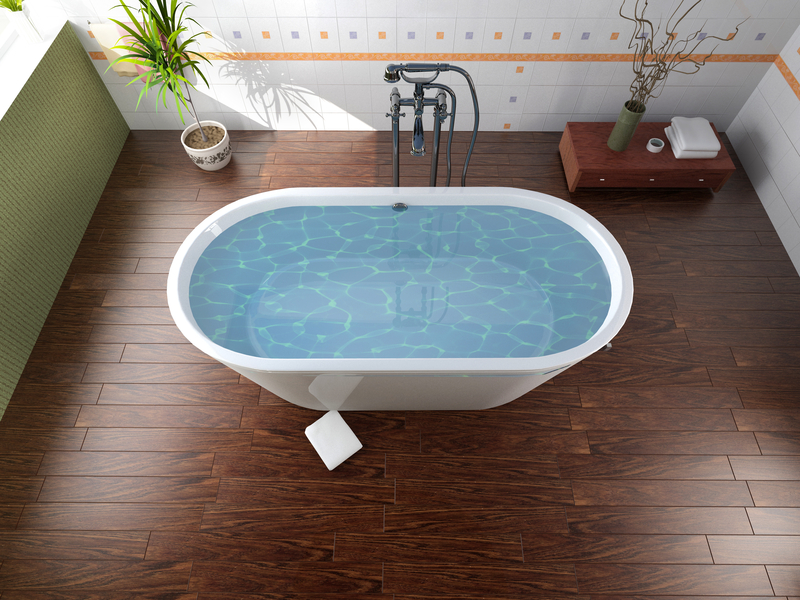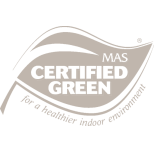 Q.: We are renovating our home, and my wife wants to put hardwood floors in all the bathrooms, to match the hardwood we’re installing throughout the rest of the house. I have my doubts. Is wood flooring in the bathroom a good idea?
Q.: We are renovating our home, and my wife wants to put hardwood floors in all the bathrooms, to match the hardwood we’re installing throughout the rest of the house. I have my doubts. Is wood flooring in the bathroom a good idea?
A.: Hardwood is a better bathroom flooring choice than, say, carpet, but it can still be very problematic. Moisture kills hardwood, and a bathroom is probably the most humid area of the entire home. Showers in the morning, warm baths for the kids in the evening… bathtub overflows, spills and splashes can severely damage the floor.
Of all hardwood flooring options, engineered is a better choice for a bathroom than solid, as plywood or solid wood bottom layers hold up against moisture relatively well and are very dimensionally stable. An engineered hardwood floor could hold up well in spacious, well-ventilated bathrooms that doesn’t receive much traffic. This is not the case in large family households with kids, where no matter how responsible you try to be, there is always going to be more water left on the floor than you think.
Additionally, bathroom floors in large family households are bound to be damp most of the time, and this can lead to growth of mold. Although some harsh chemical cleaners can kill harmful mold and bacteria, they are likely to dull or damage hardwood floor finish as well.
Bathroom Floors that Look Like Hardwood
Faux-hardwood surfaces – floors that imitate the look of real wood so well it’s nearly impossible to tell the difference – will work well. Many vinyl based floors can be matched to the look of hardwood quite nicely, so that your faux-hardwood floor will appear nearly indistinguishable from the real wood installed throughout the rest of your home. Wood-like tile and ceramic can be good alternatives to hardwood.
Treated Decking Wood
A wood floor that’s been specially treated against moisture – like most outside decking surfaces are- may be another alternative to consider. But if you do, pay close attention to the chemical composition and possible emission levels of such floors while doing your research. It’s one thing to use a treated floor outdoors, but another to have it in the family bathroom. Keep in mind that many water sealing finishes that were used in the past are no longer around due to their toxicity levels.
But if you insist…
If you maintain the floor finish and promptly clean up splashes, everything should be fine. After all, there are plenty of homeowners who have gone this route and who claim not to have had any problems with their bathroom hardwood floors. They offer these useful tips:
- Minimize humidity of your bathroom by properly ventilating
- Promptly clean up all spills
- Place rugs in “high-risk” areas, i.e. in front of the bathtub, vanity/sink, and the shower.
- Something as simple as a clogged toilet, or condensation on the toilet feed pipes could potentially turn into a much bigger issue. Take preventative measures, and fix all problems as soon as they arise.



